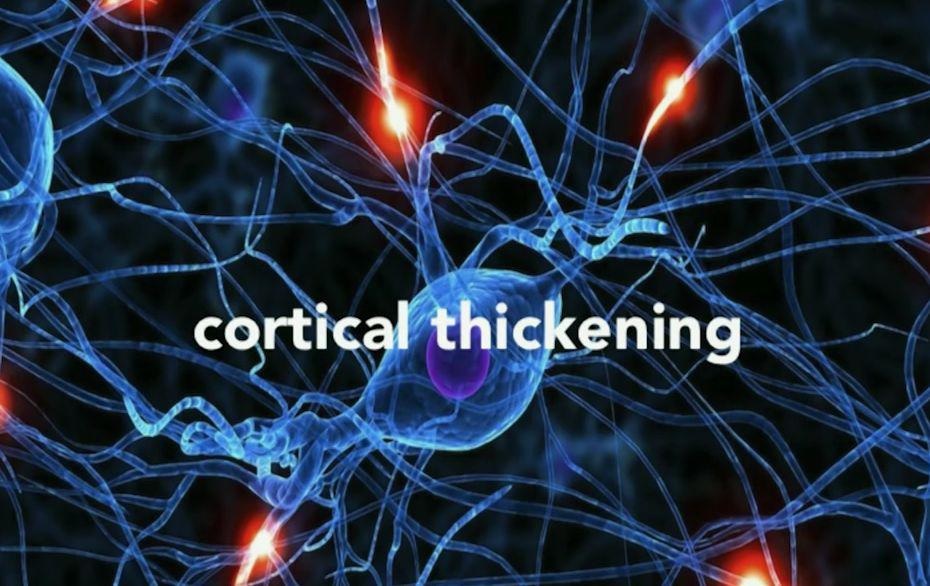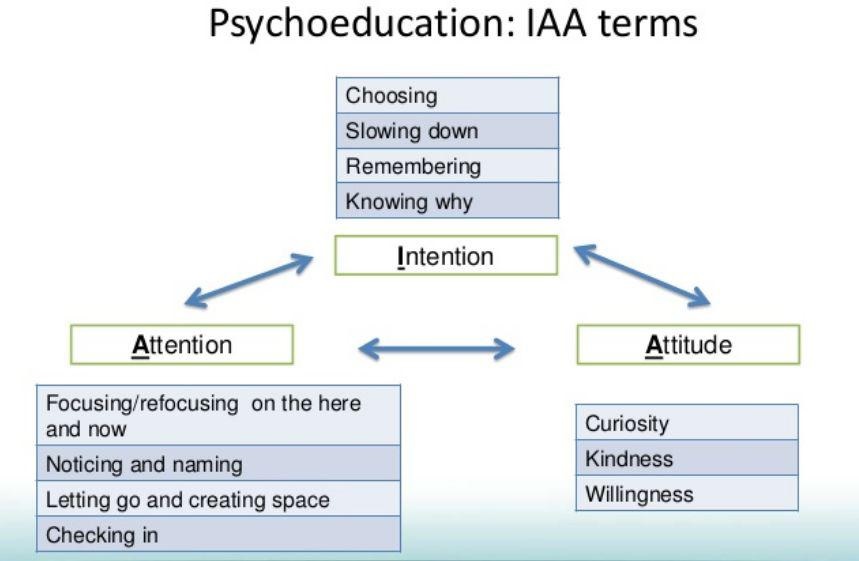
Research Paper By Vickie Echols
(Leadership and Life Coach, UNITED STATES)
If in the midst of a child’s tantrum, you can remain perfectly calm;
if you can sit next to a skinny person eating two pieces of pie without a twinge of jealousy; if you can always find contentment just where you are, then you must be …
… a cow Right?
These unrealistic standards are bound to run loose in our minds from time to time. And when we don’t live up to the perfection of meeting these standards, we pile judgement on ourselves. Are we supposed to be perfect? Is perfection possible?
Perfection is a hazardous trap and of course not humanly possible or desirable! We are not capable of robotic perfection, but we all have the capacity to change our brains: to learn, and to grow, no matter what our circumstances. Transformation is our life’s work.
As an educator and life coach, I work with people to transform and to change their brains.
One of the most effective vehicles I’ve found for helping people transform, is mindfulness.
What is Mindfulness?
Mindfulness is a scientific brain-state of peak awareness that brings quality of mind. As philosopher and scientist Sam Harris states, mindfulness is not be confused with something spooky or irrational:
…the literature on its psychological benefits is now substantial. Mindfulness is simply a state of clear, nonjudgmental, and non discursive attention to the contents of consciousness, whether pleasant or unpleasant. Developing this quality of mind has been shown to reduce pain, anxiety, and depression; improve cognitive function; and even produce changes in gray matter density in regions of the brain related to learning and memory, emotional regulation, and self-awareness.1
Part of mindfulness is simply learning to train the mind in how to focus – to pay attention to what is happening in the present moment. Sounds simple, but being present isn’t so easy. Have you tried it out for yourself?
You’ve been reading for about a minute, have you noticed your mind has wandered? Whether we are reading, listening, or just sitting and breathing, all of our minds wander. In fact, research from Harvard shows on average, minds wander about 47 percent of time.2 That’s almost half of our lives that we’re missing, that we’re not fully aware of what is occurring inside us or around us. So part of mindfulness is simply learning to train the mind in how to be aware or awake.
The first step to learning how mindfulness works is an exercise that brings attention to your breath.
Take a moment now – or after you have read this report – to try out a guided meditation on the breath. Many free mindfulness apps are available to provide these exercises.3 The exercise will go something like this:
When you take part in this exercise you will find that no matter how hard you try, your mind will keep wandering off. And often at this point, it is really easy to start judging yourself and to hear thoughts such as:
“What is wrong with you? You’re terrible at this.”
“What are you doing? Who do you think you are? You’re a fake.”
When these thoughts arise, and they will, you are defaulting to a different practice. When you’re practicing judgment, impatience, frustration, then you are reinforcing a habit of mind.
What you practice grows stronger
says Dr. Shauna Shapiro as she describes her first encounter with mindfulness. 4
As an internally recognized expert in mindfulness, Dr. Shapiro reminds us that common sense tells us: what you practice grows stronger, however brain science findings of neuroplasticity also validate the fact. Our repeated experiences shape our brain. “We can actually sculpt and strengthen our synaptic connections, based on repeated practice,” Shapiro says. For example, in the famous study of London taxi drivers,5 the visual spatial mapping part of the brain is bigger, stronger because they’ve been practicing navigating the streets of London all day long. When you look at the brains of meditators, the areas related to attention, learning, compassion grow bigger and stronger. This is called, “cortical thickening”6 Using brain scans, researchers have found that the cortices of kids with high IQ scores thickened faster and for a longer period of time than children of average intelligence. Most of the changes were seen in the prefrontal cortex, an area known to be involved in thinking and other higher-level cognitive functions.7

Effects of Mindfulness
Dr. Shapiro has investigated the effects of mindfulness across a wide range of populations, including veterans with PTSD, patients with insomnia, women with breast cancer, stressed out college students, high-level business executives, and over and over, the data showed two key things. First, mindfulness works, it’s good for you. It strengthens your immune functioning, it decreases stress, decreases cortisol, helps us sleep better. Thousands of studies show the beneficial effects of mindfulness.
The second thing Dr. Shapiro reports is a default tendency of judgment. “Regardless of their age, their gender, their background, all clients studied reported an underlying sense of unworthiness, self-judgment and shame expressed with statements such as: “I’m not good enough,” “I’m not okay,” “I’m not living this life right.”
Dr. Brene Brown’s research on shame8 also highlights how this is a universal response; all of us feel this mistaken belief that if we shame ourselves, if we beat ourselves up, we’ll somehow improve. And yet, shame doesn’t work. Shame never works; it can’t work because of the design of our brain’s inner workings.
When we feel shame, the portion of the brain called the hippocampus – which has to do with growth and learning – shuts down. It shuts down because the amygdala – which controls our strong emotions and serves as a gatekeeper to the hippocampus – hijacks the brain.
This MRI shows the brain on shame.

What happens is the amygdala triggers a cascade of norepinephrine and cortisol to flood our system, shutting down the learning centers and shuttling our resources to survival pathways. Shame literally robs the brain of the energy it needs to do the work of changing. And worse, when we feel shame, we want to avoid it, so we hide from those parts of ourselves we’re ashamed of, the parts that most need our attention. It’s just too painful to look at them.
So what’s the alternative? Dr. Shapiro emphasizes that mindfulness isn’t just about paying attention, it’s about how we pay attention with kindness. Kind attention.
First, kindness gives us the courage to look at those parts of ourselves we don’t want to see. And second, kindness bathes us with dopamine, turning on the learning centers of the brain and giving us the resources we need to change. True and lasting transformation requires kind attention. This attitude of kindness is an essential part of the practice, a part of mindfulness that’s so often overlooked.
So Dr. Shapiro and her colleagues have developed a model of mindfulness that explicitly includes our attitude and our intention, as well as our attention.9

Three parts working together synergistically: intention, attention, and attitude Mindfulness is intentionally paying attention with kindness.
The third outcome documented by researchers on mindfulness is how it impacts our capacity for happiness. Researchers, Matthew Killingsworthand Daniel Gilbert, found that in most activities,a mind that wanders could diminish happiness.10 So if you’ve been able to stay focused to the end of this report, perhaps you’re happier?
The bottom line is that we are all practicing something all the time, moment by moment, not just when we’re meditating, but in every moment; we’re growing something in every moment.
The question really becomes what do you want to grow? Knowing this will drive the change you want to see in yourself, and ultimately the change you want to see in your world.
Resources
1″How to Meditate: Sam Harris.” 10 May. 2011, Accessed 10 Jan. 2018.
2″Wandering mind not a happy mind | Harvard Gazette.” 11 Nov. 2010, Accessed 10 Jan.
3 “Five Free Mindfulness Apps Worthy of Your Attention – Mindful.org.” 6 Apr. 2017, Accessed 10 Jan. 2018.
4 “What You Practice Grows Stronger | Shauna Shapiro – YouTube.” 10 Mar. 2017, Accessed 10 Jan. 2018.
5“London taxi drivers and bus drivers: a structural MRI – NCBI.” Accessed 10 Jan. 2018.
6 “Associations between cortical thickness and general intelligence in ….”Accessed 10 Jan. 2018. 7 “Inside the Brains of Smart Kids – Live Science.” 29 Mar. 2006, Accessed 10 Jan. 2018.
8“Home – Brené Brown.” Accessed 10 Jan. 2018.
9“The IAA Model of Mindfulness | Greater Good Magazine.“Accessed 10 Jan. 2018.
10“Wandering Mind Is a Sign of Unhappiness – The New York Times.” 15 Nov. 2010, http://www.nytimes.com/2010/11/16/science/16tier.html. Accessed 10 Jan. 2018.